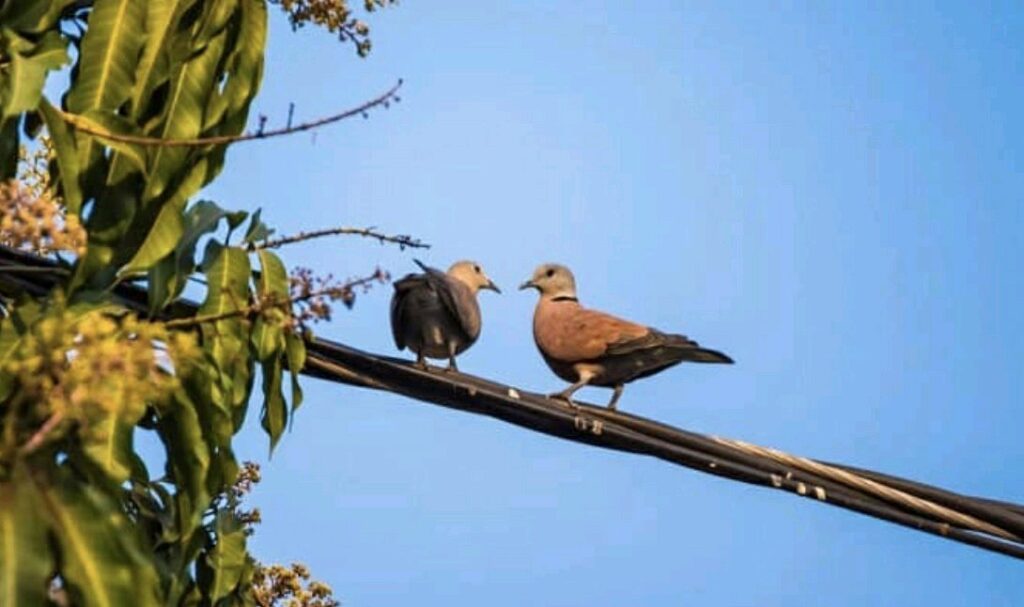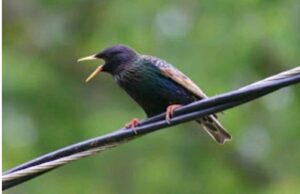
Birds are a common sight on power lines and poles in Nigeria, and many people wonder why these birds can perch on these electrical structures without getting electrocuted. While it may seem dangerous for birds to sit on power lines, they are actually quite safe due to the unique characteristics of these electrical structures.
Power lines carry electricity at high voltages, and if a human were to touch them directly, they would be electrocuted. However, birds can sit on power lines without any harm because they are not grounded. Unlike humans, birds do not touch the ground while perched on power lines, so they do not complete the circuit necessary to receive a shock.
According to Birdfact and Sciencing, Another reason why birds can perch on power lines without getting electrocuted is that they do not create a path for electricity to flow through their bodies. The electricity that flows through a power line is carried by the electrons moving through the wire, and because birds are not good conductors of electricity, they do not provide a path for the electricity to flow through them. This means that the electricity in the power lines will continue to flow through the wires, rather than being redirected through the bird’s body.

To understand why birds are not good conductors of electricity, it’s important to first understand what makes a good conductor. In general, materials that are good conductors of electricity are those that have a high number of free electrons, which are able to move easily through the material when a voltage is applied. Examples of good conductors include metals like copper and aluminum.
In addition to these physical characteristics, birds also have specialized adaptations that help them to safely perch on power lines. For example, birds have insulating feathers that protect them from electric shock. These feathers have a high resistance to electricity and act as an insulator, preventing the current from passing through the bird’s body.

However, it’s important to note that there are some situations in which birds can be electrocuted by power lines. For example, if a bird touches two power lines at once or touches a power line and a nearby object that is grounded, such as a metal fence, it can create a complete circuit and allow electricity to flow through its body. In addition, certain types of power lines, such as those used for high voltage transmission, may pose a greater risk to birds due to the higher voltage levels involved. To reduce this risk, power companies may install special devices on power lines, such as bird diverters or perch guards, which help to prevent birds from making contact with the wires.
Overall, birds are able to perch on power lines without getting electrocuted because they are not grounded, do not create a path for electricity to flow through their bodies, and have specialized adaptations that protect them from electric shock. While power lines can pose a danger to humans who come into direct contact with them, birds are well adapted to safely perch on these structures and use them as convenient perches for resting and observing their surroundings.











